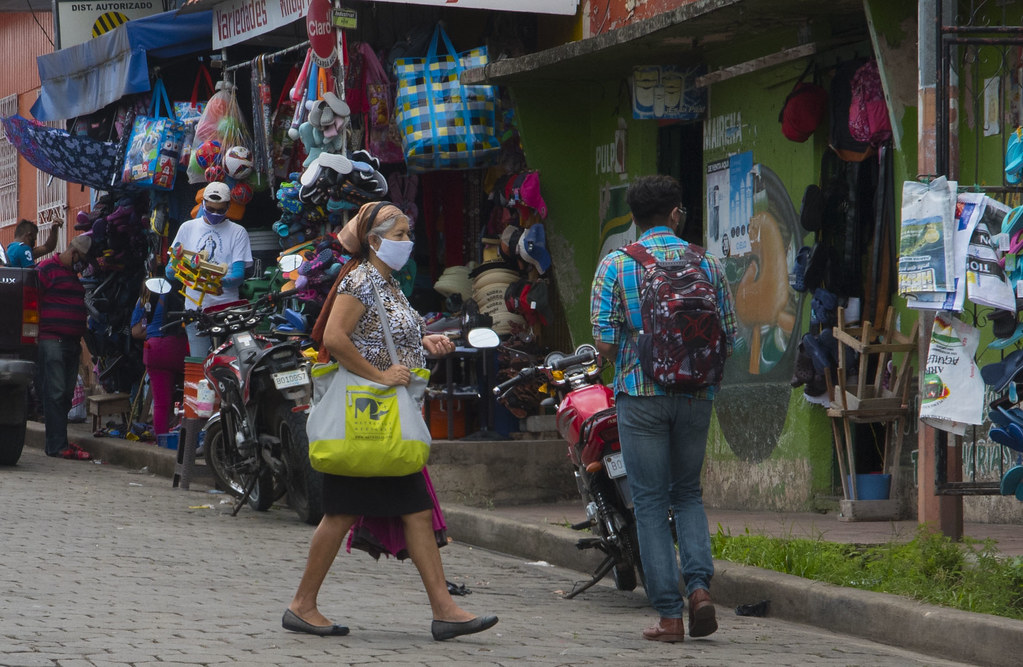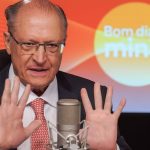The Economic Commission for Latin America and the Caribbean (ECLAC) estimates that the Nicaraguan economy grew 7.4% in 2021, and that it will grow 3.0% in 2022, as a result, among other things, of the performance of the US economy, and of how vaccination rates are progressing. The World Bank (WB), for its part, places these numbers at 5.5% in 2021, and 3.0% by 2022.
After three years of decrease observed as of 2018 (product of the government repression against the citizenry that starred in the April Rebellion) and 2020, the year of start of the covid pandemic – 19, Nicaragua returned to positive terrain in 2021, a year in which it could grow between 7.5% and 9.5%, according to the Central Bank of Nicaragua (BCN).
The data for Nicaragua included in the Preliminary Overview of the Economies of Latin America and the Caribbean 2021, presented by the executive secretary of ECLAC, Alicia Bárcenas, show that there is no relationship between the growth assumptions of the Nicaraguan GDP presented by the BCN throughout the year, and the performance of employment and wages in the country, as highlighted in September 2021, the economist Enrique Sáenz.
The ECLAC report shows that in that month, open unemployment was at 5.0%, (women, 4.8% and men 5.2%), and that the average real salary -which was decreasing from 114.1 that it reached in 2018 (in comparison with 2020 as the base year), it stood at 112.1, reflecting a marginal growth of 0.3 compared to September 2020.
Inflation in 2021 would be 5.0%, almost doubling the 2.6% observed in 2020, when the decision of households and companies From staying home to curb the contagion of covid – 19, it slowed the growth of the economy, in exchange for saving lives.
Similarly, it is shown that GDP per capita in 2021 would return to positive terrain (6.2%), after falling for three consecutive years, marking -4.6% in 2018; -4.9% in 2019, and -3.1% in 2020.
“Strong demand in key export destinations (the United States and China), high commodity prices, and the constant high volume of remittances to Central American and Caribbean countries also supported growth in 2021” , indicates the report World Economic Outlook, published by the BM.
On this issue, ECLAC points out that “migrant remittances grow almost 30% … and they continue to be a very important source of external resources for the countries of the region, particularly for Central America, Mexico and some Caribbean countries.”
BCN data show that in 2020, the country received 1,851 million dollars in family remittances, a figure that already reached 1,557 million dollars in September 2021, so there should be no major impediment for the total data of all last year, exceed $ 2 billion.
“The dynamism evidenced by remittances is linked to the economic recovery in the countries of origin. Also, in part, to the fact that migrants would have benefited from the stimulus and employment protection programs implemented in the sending economies, mainly the United States and Spain ”, says the Report presented by Secretary Bárcenas.
Take care of taxation
Although neither the ECLAC nor the WB report has a specific chapter dedicated to the balance sheets and indicators of the Nicaraguan economy, both point out some of the factors that will influence the regional macroeconomic environment, and that will lead to emerging economies return to growth trends until 2025, almost three years after developed economies.
Bárcenas indicated that the region will see lower growth in economies and global trade, due to the slowdown in the United States and China, which are the region’s main trading partners.
In this regard, he pointed out that Latin America and the Caribbean are facing a less favorable external context, less fiscal space with high inflationary pressures, exchange rate volatility, less investment, and a slow recovery in employment.
Based on this scenario, he said that the region should review tax spending and royalties for the extraction of non-renewable resources; improve collection efficiency; join the global tax transparency agreements, and avoid internal tax avoidance.
In terms of attracting foreign direct investment (FDI), the data for Nicaragua show that after reaching its peak of 983 million dollars in 2015, the figure plummeted in 2016 and 2017; It grew in 2018, and fell again to reach $ 444 million in 2020.
The Balance ¨Preliminary shows that the net transfer of resources (in reference to the income or net outflow of capital) was positive until 2017, and reported losses (that is, we sent resources abroad), for more than 2.85 billion dollars between 2018 and 2021.
Along the same lines, it is shown that the gross external debt reached 13,538 million dollars in 2020, thus returning to the growth rate that had slowed in 2018 and 2019.
For its part, the gross public debt of the central government (as a percentage of GDP), which systematically decreased between the 31.8% measured in 2011 and the 29.9% reported in 2015, began to grow as of 2016, when it rose to 31.2%, closing 2020 at 48.5% of GDP.
2020 was a good year for the BCN will accumulate gross international reserves (RIB), thanks in large part to transfers to mitigate hurricane damage Eta and Iota, plus international support to combat covid – 19.
The RIBs closed the year 2020 at 3003 million dollars, thus slowing down the falls of the previous two years, and surpassed the historical record reached in 2017, which was 2.593 million dollars. The figure rose even further in 2021, closing at $ 3,837 million, thanks, among others, to the 355.3 million dollars contributed by the International Monetary Fund.

















